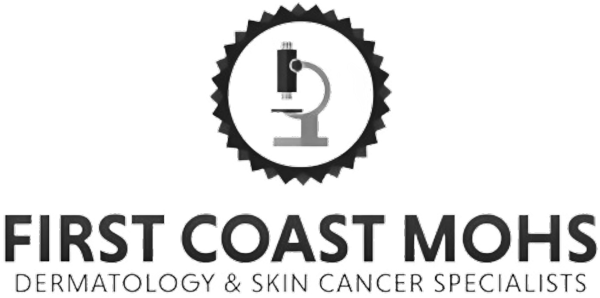A few of us may ask, what’s the point of having a beautiful website if it doesn’t convert to customers. Some websites simply exist as virtual business cards, doing nothing but taking up space in the digital world. However, we believe a website can be much more than this. Your design should be Conversion Centered.
If a website is built on the back of optimizing conversions, then there’s a good chance your website is going to work for you to help grow your business. In this article, we’re going to focus on the 7 principles of conversion centered design and how they can be implemented on your own website.
1. Encapsulation
Encapsulation is essentially a technique used to captivate your readers attention, and induce a sort of tunnel effect. You’ll want to use certain design cues to literally make it feel as if your reader is getting pulled into the page.
This will make your readers more receptive to your content and offerings.
2. Use Of Color
Even more important than the color of the buttons and CTAs you’re choosing is using color contrast. You’ll want to use colors that make the other one stand out. For instance, a red call to action won’t nearly have the same effect on a page that has other red shades. You’ll want to find a way to make sure you’re using contrasting colors, without making them stand out from the rest of your design.
3. Directional Cues
The implementation of directional cues is essentially using arrows and other navigational elements to direct your user around the page. Usually, this will center around your call to action, and the next step you want the user to take.
It’s also important to have an engagement sequence planned out. For instance, do you want users to get to your site, read the free content, and then subscribe? The order you want users engaging with your site will be influenced by the directional cues you’re using.
4. White Elements
Whenever possible you’ll want to use whitespace to induce a calming effect in your design. If you don’t add any whitespace your website will seem cluttered and overwhelming to the visitor . As an added bonus, by reducing clutter people will be more receptive to your CTAs.
5. Urgency
In any offer you’re constructing you’ll want to add a dash of urgency or scarcity . This will entice your readers to take action, instead of putting off pulling the trigger.
6. Increase Trust
People are more likely to buy products and services from people they trust. A good way to develop trust is to offer either a money back guarantee, or offering a trial version of your product . This will show that you have nothing to hide and will help build trust.
7. Use Social Proof
Social proof is another great way to build trust. It also helps grow your audience as people like to feel they’re part of a tribe . By incorporating your number of fans and followers into your design you’ll increase the believability of what you’re offering or selling.
Overall, conversion-centered design incorporates every aspect of your website, from content to marketing to social media, to actual design. By implementing some of the above strategies, you’ll ensure you won’t just have a website that works, but also converts. If you’re looking to optimize your online presence further, considering the expertise of an might be beneficial in enhancing your conversion rates and overall success.
I hope this article has been valuable and given you insights into the potential your website holds. If you want to move forward with a conversion centered design, get in touch with your website design Jacksonville professionals, C7 Creative.
Calvin Bryant
Calvin is a digital expert with clients in the U.S., U.K., and the Caribbean Islands. As the founder of C7, he has worked with Joel Osteen, Carlos Santana, the FBI, and the NBA. He resides in Ponte Vedra, Florida, and is a proud father and husband of 28+ years to his wife, Krista.








